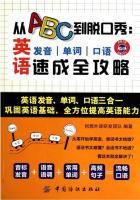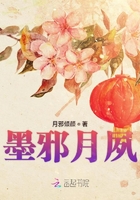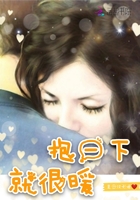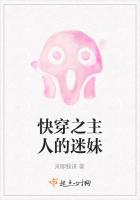Unwritten Rules
Ⅰ.Reading Strategy: Drawing Conclusions While Reading
Drawing conclusions while reading is one of the useful strategies to help you become an efficient reader.Drawing a conclusion is generating a decision or judgment based on available evidence.The key to drawing a good conclusion while reading is the quantity and quality of the information or evidence you gather from what you have read to support it.To move from the evidence to a conclusion, you often must make inferences.Drawing conclusions will help you gather more information and ideas from your reading and help you understand the writer s point of view.It is a skill for getting the most out of your reading.
The following steps may be of some help if you want to draw reasonable conclusions quickly.
Steps to Follow:
Read the paragraph and identify the topic and main idea.
Then look for supporting details, such as examples, facts, statistics, reasons,definitions, and descriptions that you can use to reach a conclusion.
Note: For conclusions to be valid,they must be supported by strong evidence from the reading materials.Using only strong evidence will help you avoid jumping to conclusions that are invalid.
Think about what you already know about the topic.Tap your prior knowledge by asking yourself questions about what you are reading.
Combine the supporting details and what you already know to draw conclusions.
Try to form a mental picture of what the writer is saying.Try to predict how the passage will develop.Ask yourself these questions:
Did I have enough in formation when I drew my conclusion?Was the in formation accurate?Did I think about what I know from other experiences?Keep reading to see if your conclusion is correct.
Revise your conclusions as you discover new in formation in the material.
Draw conclusions while you are reading as well as after you ve finished reading.Trying to identify a valid conclusion is an ongoing process, not a static one.This means that you have to reevaluate the logic of your conclusions as you discover new information.
Modify your conclusions based on the new supporting details you discover as you read.
Ⅱ.Applying the Reading Strategy
In this part,you are required to use the reading strategy you have just learned.Read the following paragraphs and answer the questions after them.
Very old people do raise moral problems for almost everyone who comes into contact with them.Their values - this can t be repeated too often - are not necessarily our values.Physical comfort,cleanness and order are not necessarily the most important things.The social services from time to time find themselves faced with a flat with decaying food covered by small worms, and an old person lying alone on bed, taking no notice of the worms.But is it interfering with personal freedom to insist that they go to live with some of their relatives so that they might be taken better care of ?Some social workers,the ones who clear up the worms, think we are in danger of carrying this concept of personal freedom to the point where serious risks are being taken with the health and safety of the old.
According to this paragraph, readers may conclude that very old people are willing to.
A.live in places where they can easily get access to social services.
B.live in places where they can easily get access to medical care.
C.live with their relatives so that they can be taken good care of.
D.live alone so that they can enjoy personal freedom.
hree pintail ducks (针 尾 鸭 ) from North America turned up in widely separated parts of the world.One duck was taken near Cali, Colombia, South America; one in Japan; and the third along the Dart River in England.The South American hunter was told that his duck had come from North Dakota.
The Japanese scientists learned that their bird had been on a National Wildlife Refuge (庇护所) in New Mexico.The English sportsman found that his pintail,just 21 days before, had been seen in Labrador,some 2, 200 miles across the Atlantic.How did these people know their ducks had come from North America?It really isn t such a mystery as it might seem.On the leg of each duck the hunter had found an aluminum band.The band carried a number and a request that the finder of the band report to the Bird Banding Laboratory,Washington, D.C.Each hunter did exactly that.
We may conclude that the Bird Banding Laboratory.
A.is intended to help hunters.
B.records the movements of wild birds.
C.rewards hunters who return leg bands.
D.is founded by American and foreign scientist.
Ⅲ.Reading Tasks
A.Pre-reading activity
USA is called a Salad Pan by some people because its people originate from many different countries and they are willing to choose to follow their own native customs.But there are still some unwritten rules that all the people there seem to accept and observe in their daily life.Do you know anything about good table manners ? Is there any similarity between American table manners and those in China?B.Reading
Table Manners
From the time when our caveman ancestors chewed on their wild-pig bones in front of their fire to our own day when we sit around a table spread with a snowy table cloth and shining silver, we have the history of the change in eating habits from the simple satisfaction of hunger to the meal as a delightful, if rather complex, social institution.When you are invited to dinner today, it is assumed that you will be more interested in the persons and conversation at the table than in the meal itself.Therefore, leisurely eating habits should be cultivated, allowing for conversation and pleasantries at the same time.The actual eating ought to be done with as little noise and movement as possible.
The Table Napkin As soon as the hostess picks up her napkin, pick yours up and lay it on your lap.Sometimes a roll of bread is wrapped in it;if so, take it out and put it on your side plate.If the napkin is large, leave it folded double on your lap; if small, unfold it completely.















